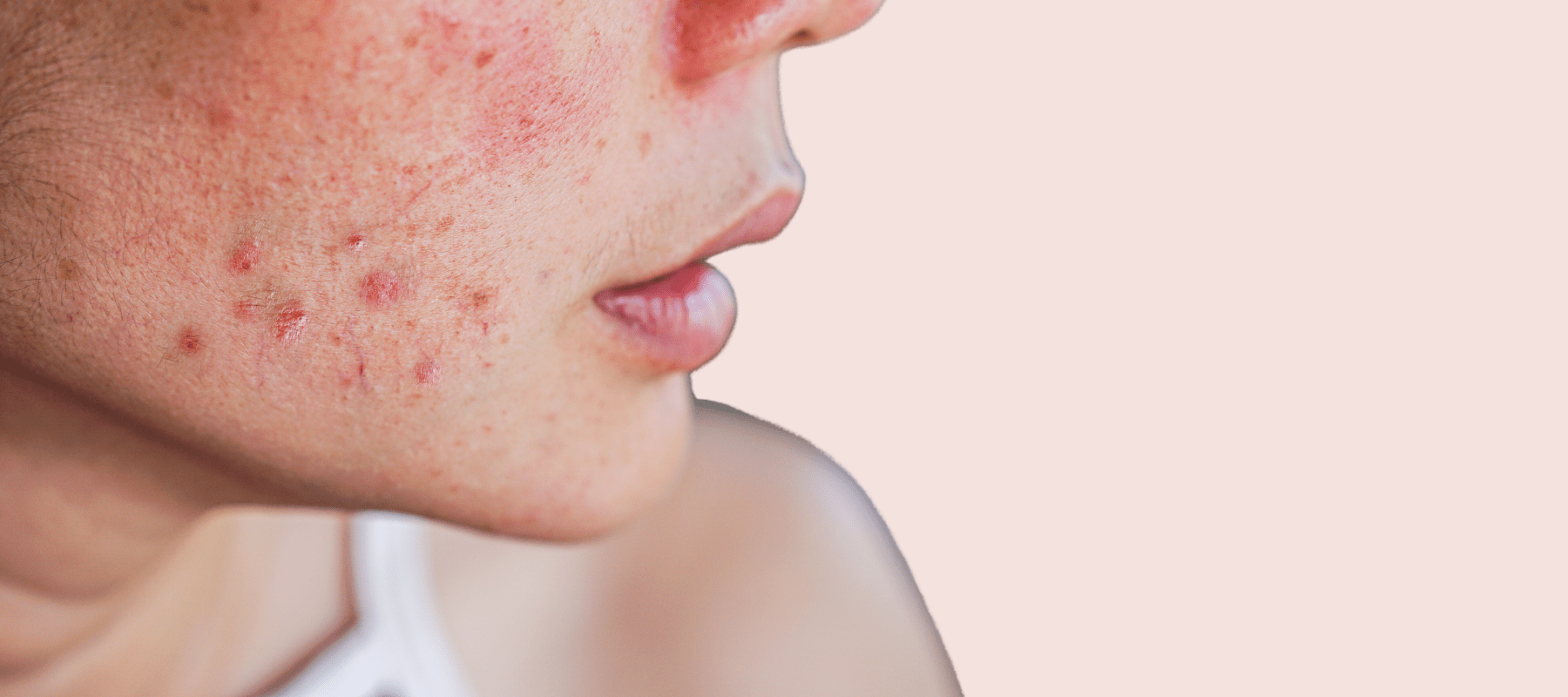
Understanding the Different Types of Acne on Your Face
Acne affects essentially everyone at some point. These types of acne on face always show up right before an important event, like a date or a job interview, when it's the last thing you need. Acne affects a large number of young adults.
But if you assume that it's something that only affects teenagers, you'd be wrong. Even infants can suffer from acne, and it's not just a problem for teenagers and preteens.
Even though acne is most commonly associated with the face, it can also appear anywhere. Everything from your back and shoulders to your chest and buttocks is included. Although many people use the term "acne" to refer to any bumps, it is a general name for several skin acne types. Read on to learn more about the different types of pimples on face and ways to prevent and treat them.
What are Pimples?
Pimples are essentially bumps that appear on the skin. They could swell up or turn discoloured. They usually appear on your face, chest, shoulders, and upper back. However, acne is a medical condition, and signs of acne could be pimples.
You will find different types of pimples on face, particularly on your nose, chin, and forehead. You can have them on your cheeks, lips, neck, back, chest, and upper arms as well. Since our body does, however, have oil glands throughout it. These oil glands discharge sebum, an oily lubricant that keeps hair and skin nourished and glossy.
Types of Pimples on the Face
There are different types of pimples on face and those include nodular acne, hormonal, cystic and fungal acne. No matter what type they are, each of them affect one’s self esteem. For instance, nodular and cystic acne can scar your skin leading to permanent damage of the skin. The skin acne types are divided into two categories namely inflammatory and non-inflammatory. In the following paragraphs we will discuss each of them in great detail.
Whiteheads
Whiteheads are the types of pimples on face that are lesions without inflammation. They result from closed comedones, usually seen as small bumps or flesh-coloured spots. On a lighter skin tone, they appear white in the centre and red around the corner.
On darker skin, they appear purple-hued or dark. Particularly, a white is noticeably large and elevated, with the skin around it appearing wrinkled or tight. You will not find them leaving scars.
Blackheads
Blackheads are also considered to be non-inflammatory lesions and are a result of open comedones. They appear as tiny, dark patches and have a bumpy appearance. Blackheads have a darker centre than their surrounding skin and have no trapped dirt that can explain the colour.
Opened-up and enlarged whiteheads are blackheads. In fact, when a whitehead darkens due to air exposure, it becomes a blackhead.
Papules
Papules are inflammatory lesions that may not have a pus-filled tip, but you can still notice them. They are types of forehead acne that are painful, tender, and irritating. Some causes of papules appearing on your skin include:
- Excess oil production.
- Increased bacterial presence on the skin.
- An increased presence of sex hormones called androgens.
Also read: Papular Acne: Understanding Causes, Symptoms, and Effective Treatment
Pustules
Pustules usually resemble white pimples. Around these imperfections, the body's immune system may naturally expand and become red to combat infection. Pustule sizes can vary, occasionally getting enormous.
They form when sebum, dead skin cells, and bacteria clog in pores under the skin, leading to infection.
Cystic Acne
If you suffer from cystic acne, you know the misery of having a pimple form deep under your skin and fill with pus. These types of pimples on face develop when pores get blocked by a buildup of oil and dead skin.
Bacteria also enter the pores due to cystic acne, resulting in oedema or inflammation. Acne cysts are more prone to leave scars and are frequently uncomfortable.
Nodules
An acne nodule is a solid lump located in the skin’s deeper layer, unlike a typical pimple. They are "deep-rooted" since they appear in the skin's deepest layers and feel like tight knots under the skin. They can develop on the back, cheeks, and other parts of the body.
Causes of Different Types of Pimples
Four major factors can cause different types of pimples on the face, and they are:
- Inflammation
- Bacteria
- Dead skin cells and oil clogging the hair follicles
- Excess sebum (oil) production.
However, certain factors can worsen or trigger the acne, and they are:
- Stress: stress may not cause acne, but it can worsen it.
- Diet: if your diet comprises carbohydrate-rich foods like chips, bagels and bread.
- Certain medications: if you are taking medicines with lithium, testosterone, and corticosteroids.
Treatments for Different Types of Pimples
There are several methods to treat pimple types on face. And, they range from mild to severe, depending on the severity of the acne, skin type and age. Here are a few treatments you need to know about:
Non-prescription medications:
- Azelaic acid: This natural acid reduces swellings and kills skin’s microorganisms.
- Retinoids: different kinds of retinoids are present in the market; you can use them to unclog your pores. However, make sure you are using them with a moisturizer.
- Salicylic acid: This acid is formulated in different kinds of lotions and cleansers as it dissolves dead skin cells.
One such powerful spot corrector infused with a blend of salicylic acid, zinc oxide, and calamine is Pink Foundry’s overnight acne spot corrector. This fast-acting treatment shrinks whiteheads and blackheads and clarifies the skin like magic.
Additional Therapies:
- Chemical Peels: This treatment removes the old skin’s top layer so that the new skin can grow smoother.
- Steroids: Steroids are injected to reduce inflammation and treat severe acne types.
- Lasers: Light therapy and lasers treat the scars and create healthy, new collagen.
Prevention Tips to Avoid Breakouts
Here are some key prevention tips to avoid breakouts:
- Wash your face with a gentle foamy facial cleanser, tepid water, and your fingers (instead of a washcloth or sponge).
- Try an oil-free moisturiser if the skin feels dry like the Pink Foundry’s oil-free matte moisturiser formulated with niacinamide.
- Avoid going to bed with makeup.
- During the day, avoid putting your hands near your face. Avoid popping or picking at pimples or scabs.
- Keep your hair (which might be oily) off your face, and wash it often.
- Avoid diets heavy in simple carbohydrates and dairy, often known as a high glycemic index diet.
Also read: Does Dairy Cause Acne? The Truth About Acne-Triggering Foods
Conclusion
Acne is indeed a condition that can affect anyone at any age, but it doesn't have to dominate your appearance. Mild acne can be an annoyance, but severe acne can damage self-esteem. Be bold and consult your doctor if self-treatment for your skin doesn't work.























































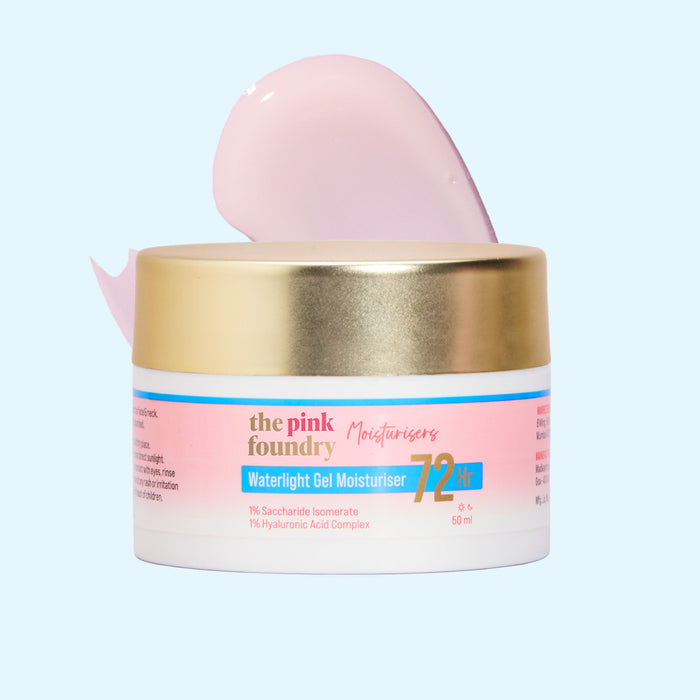
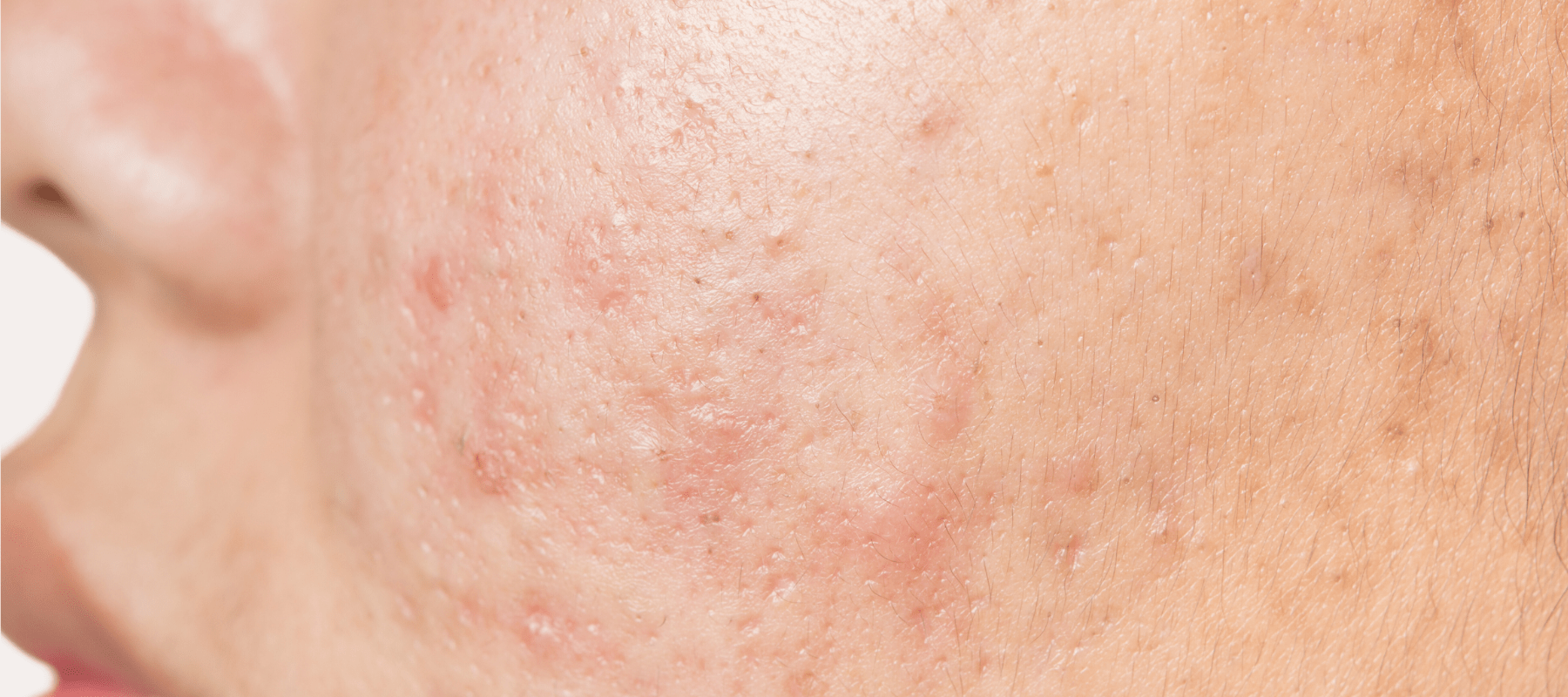
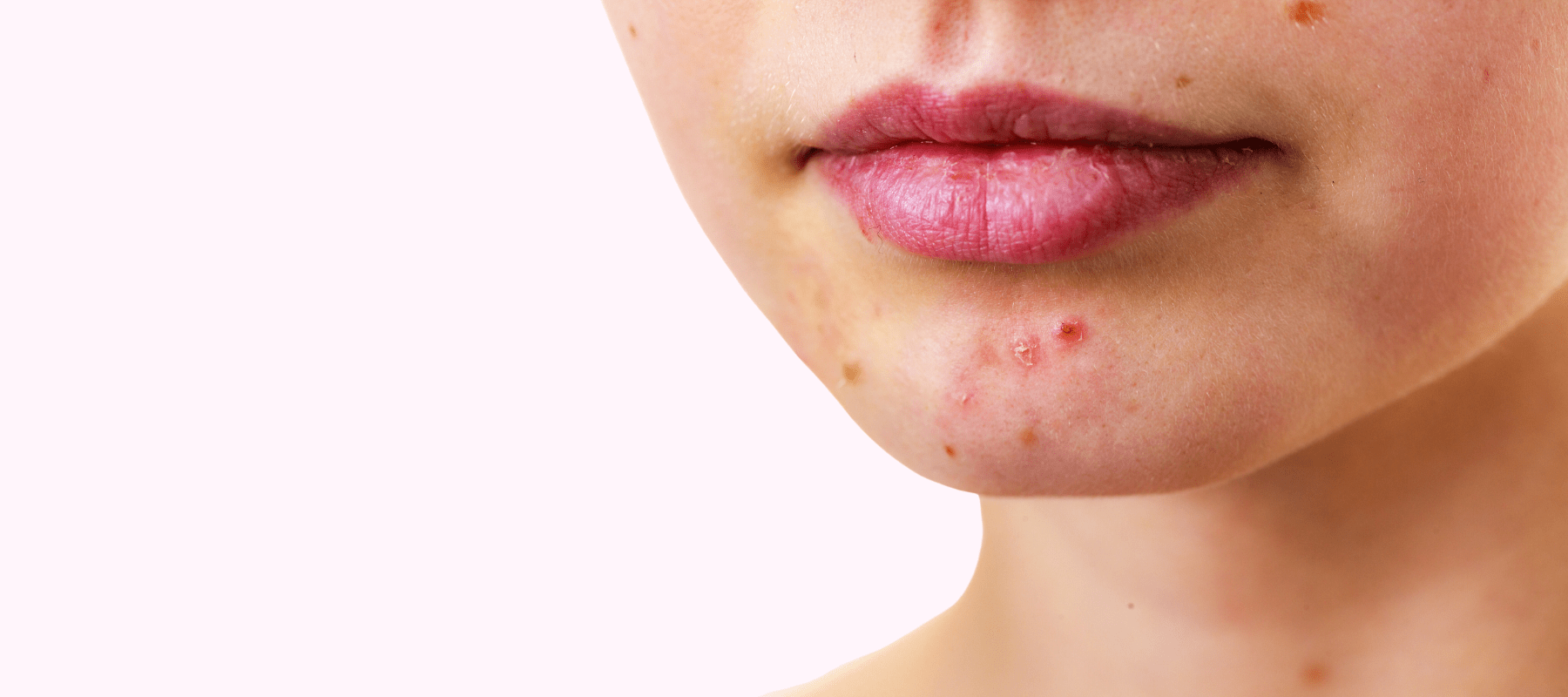
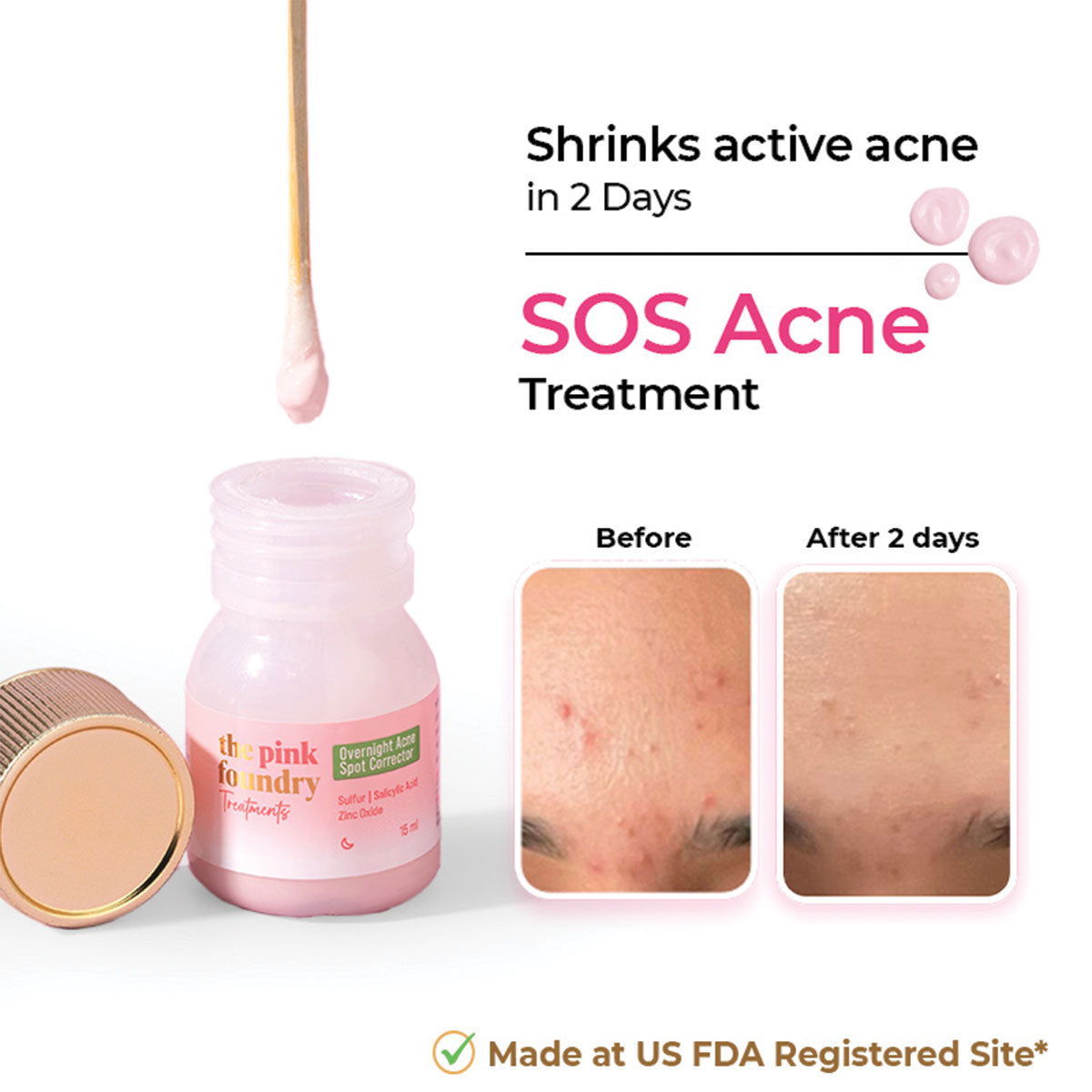
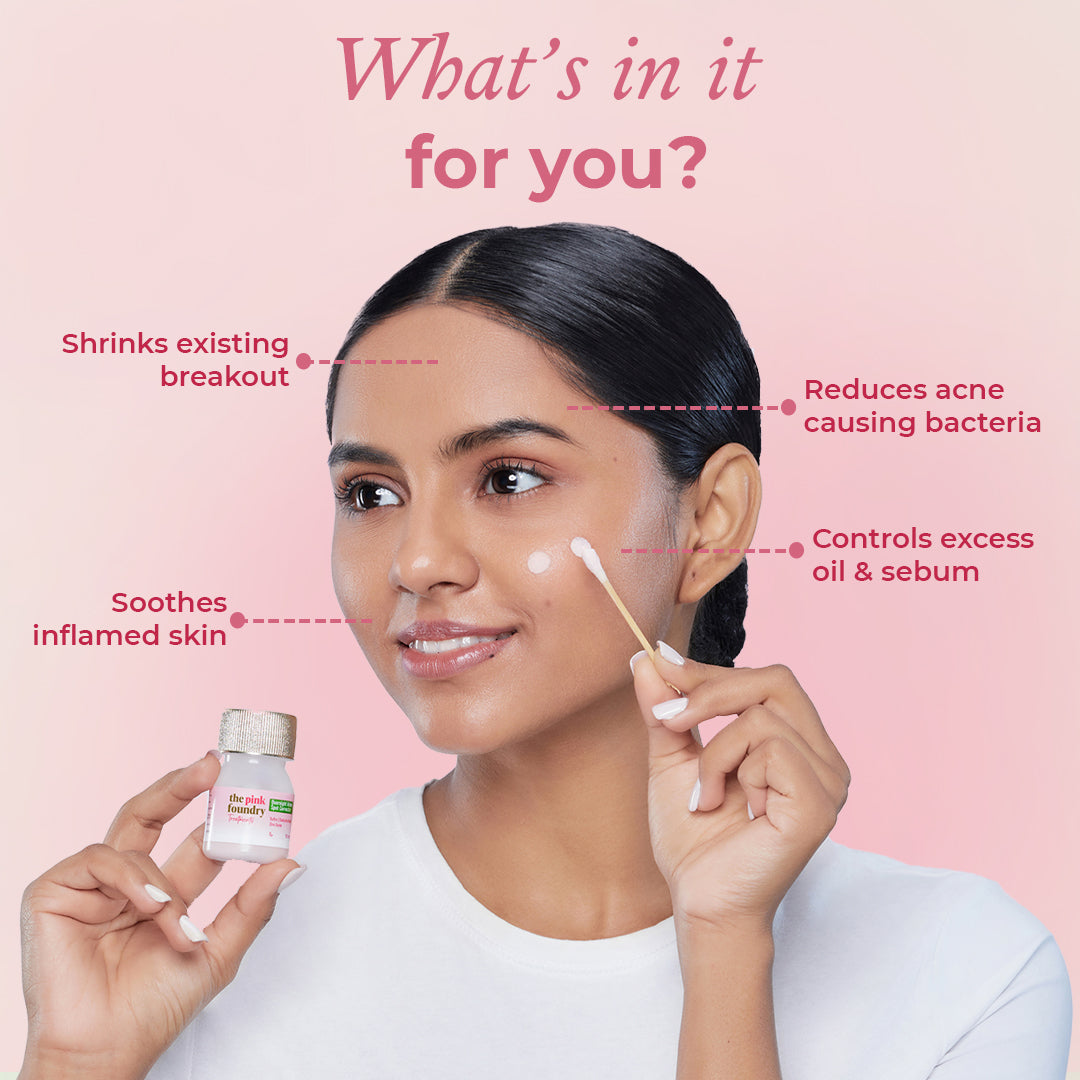
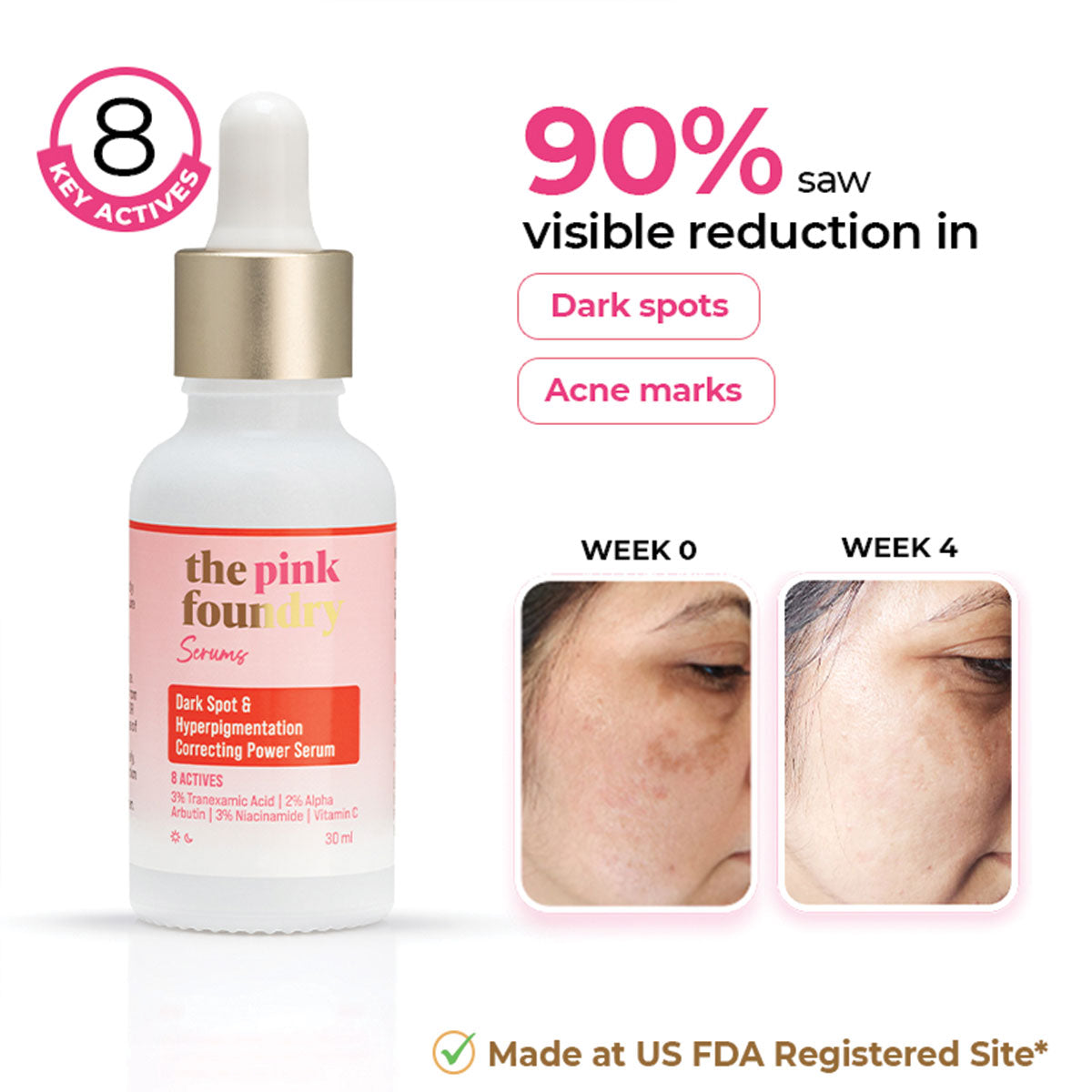
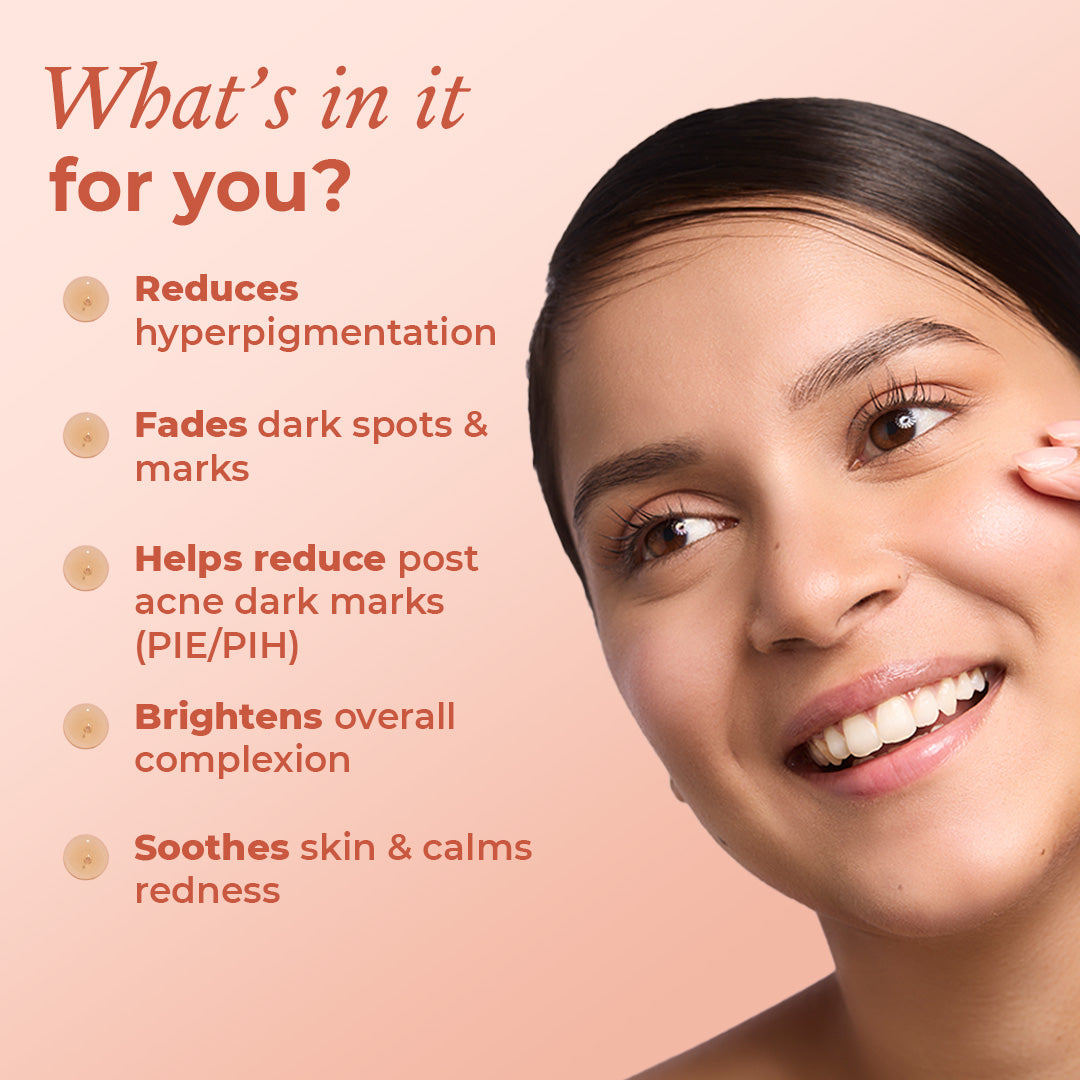
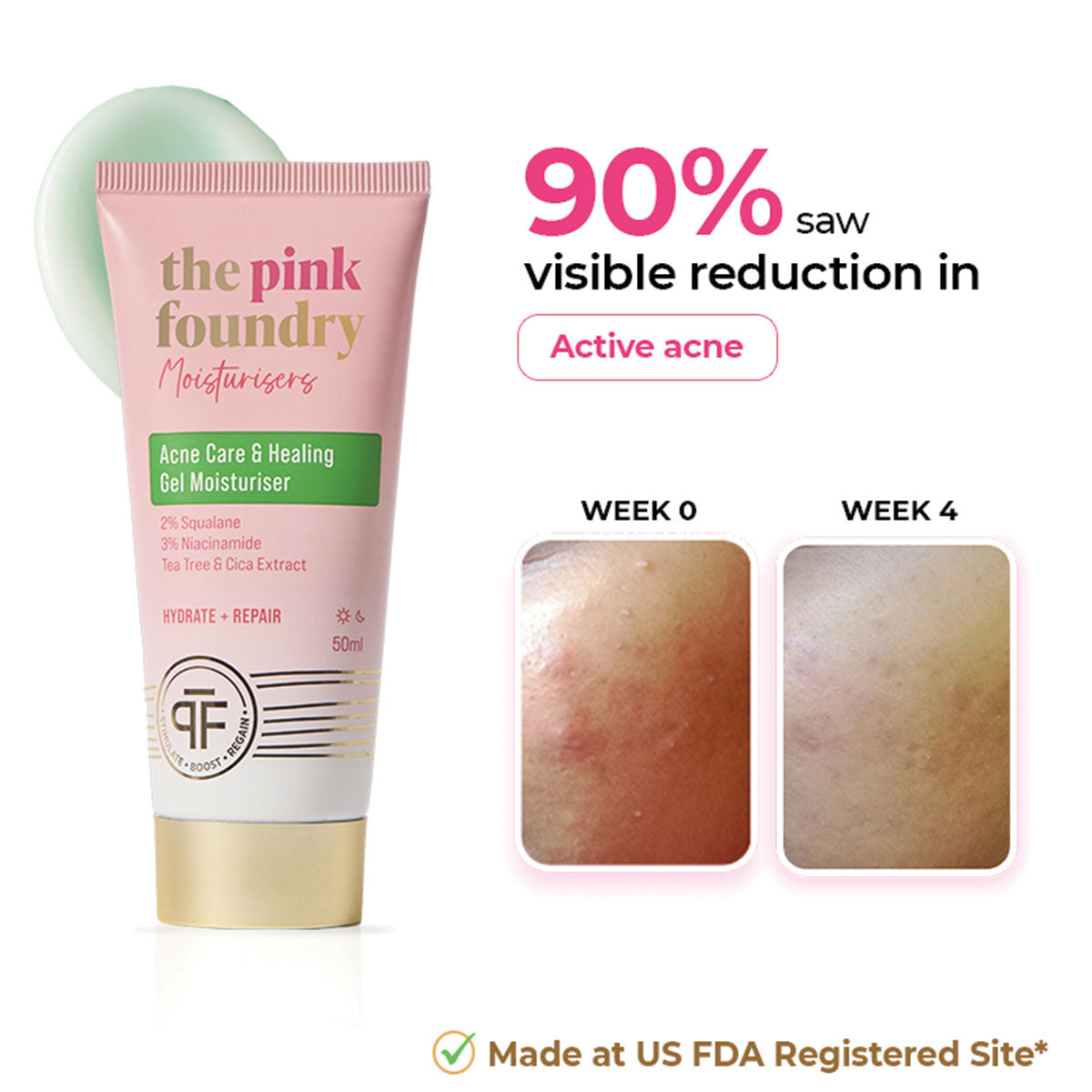
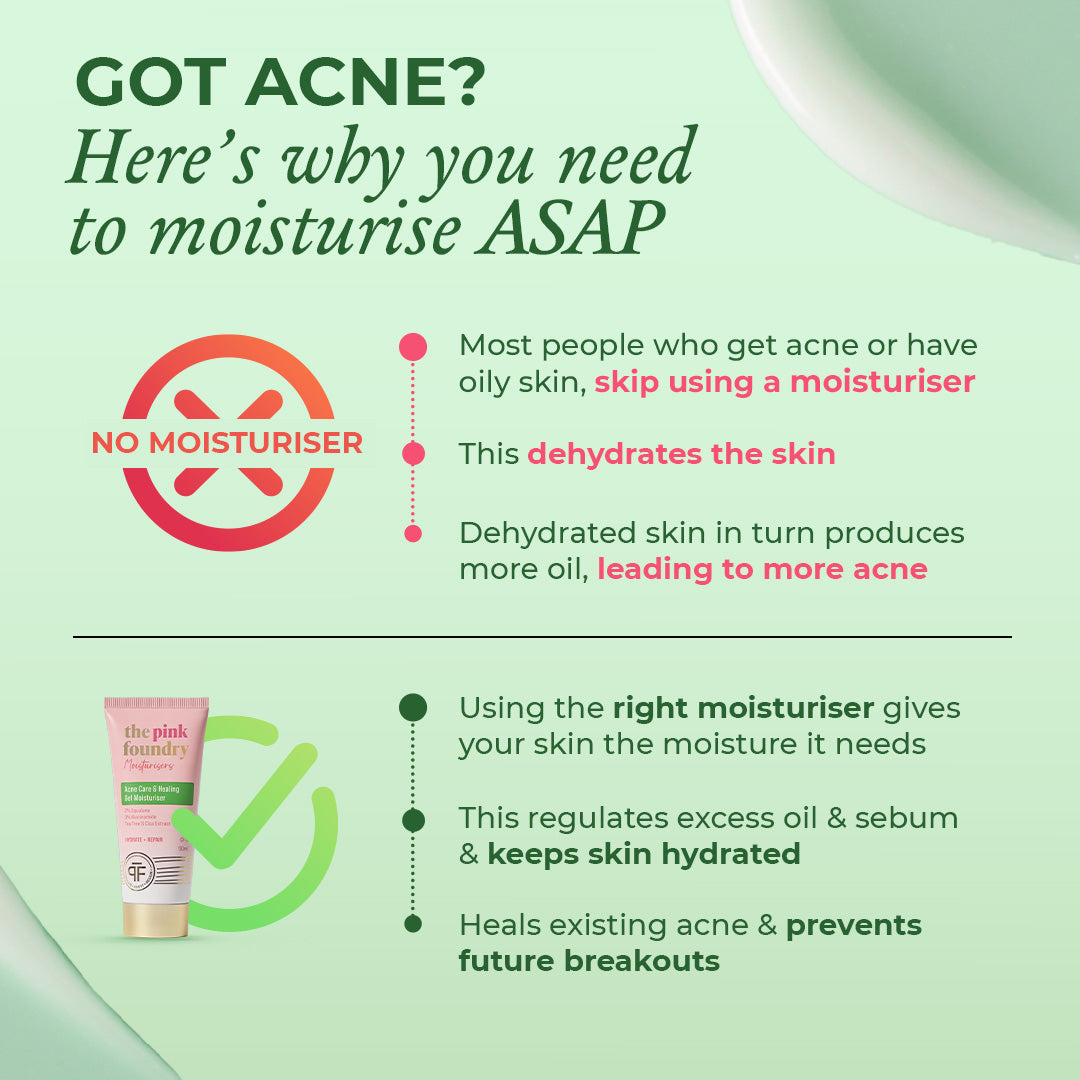
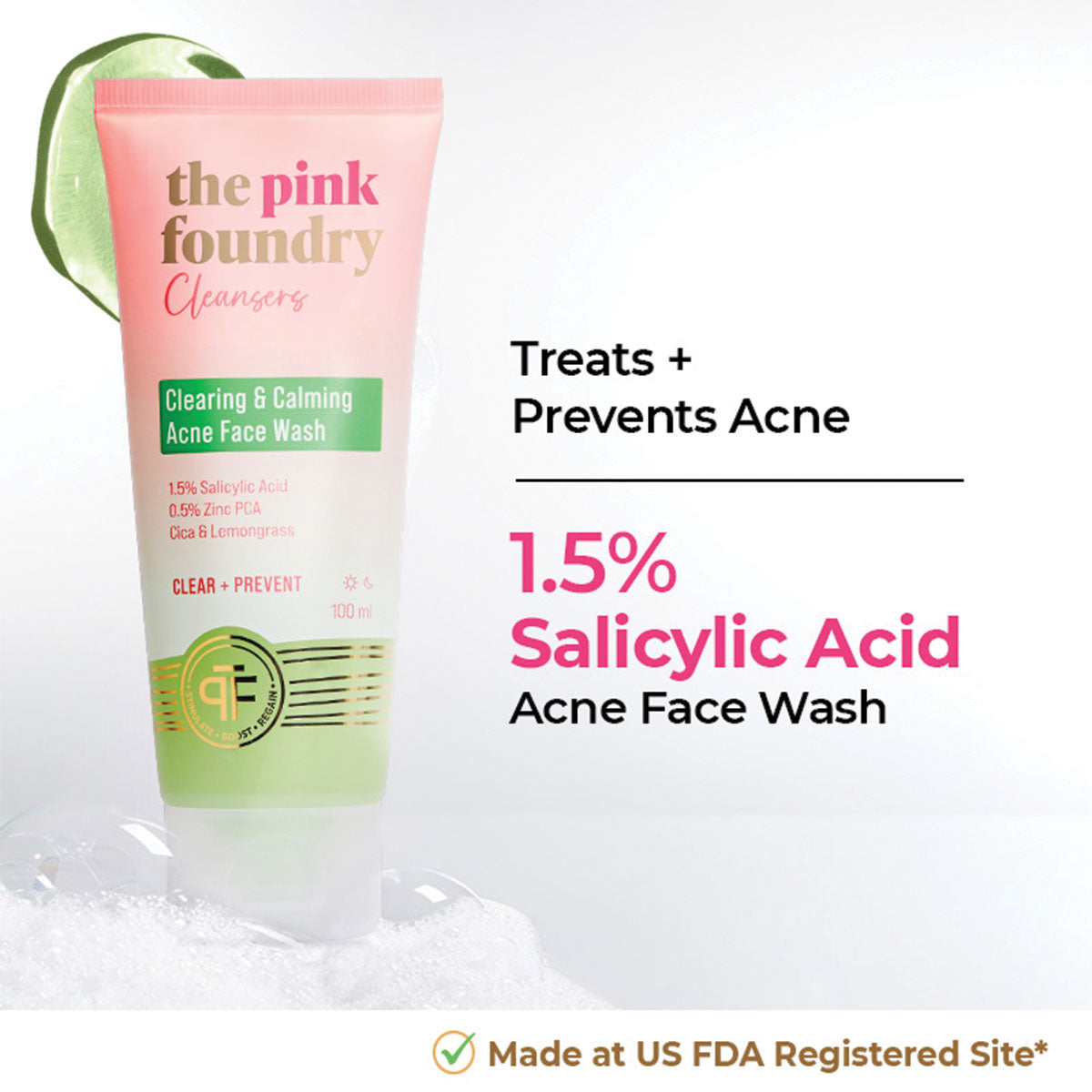
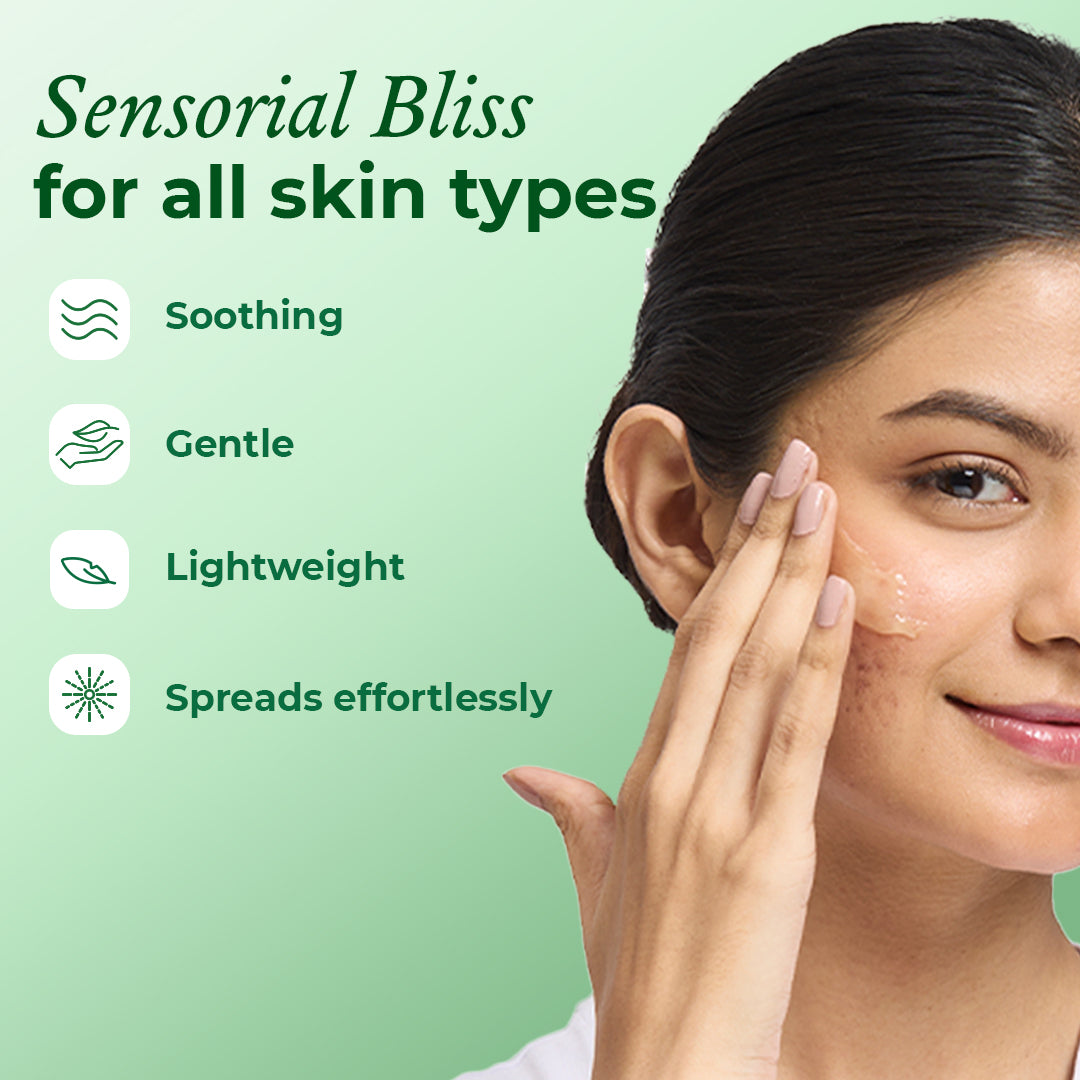
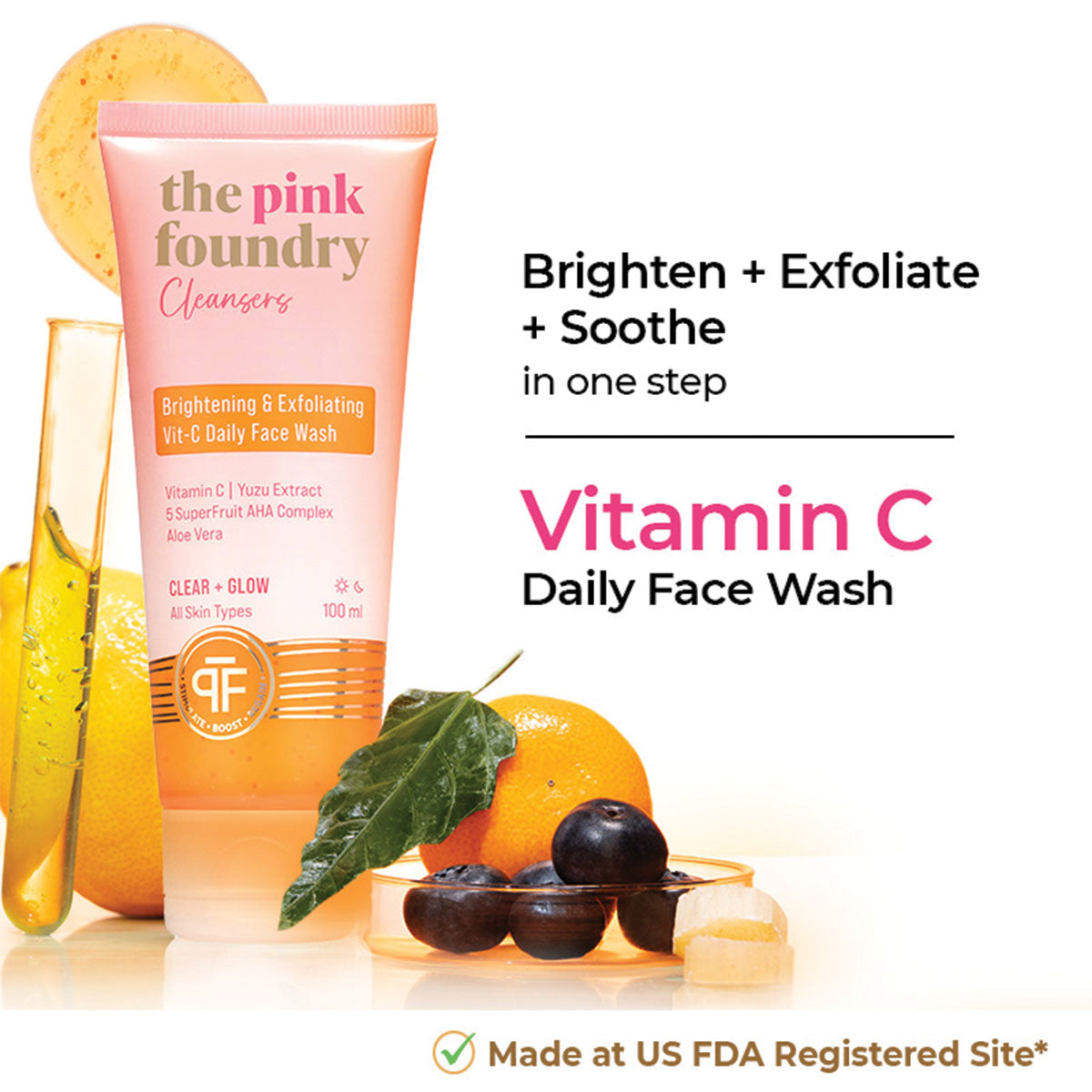
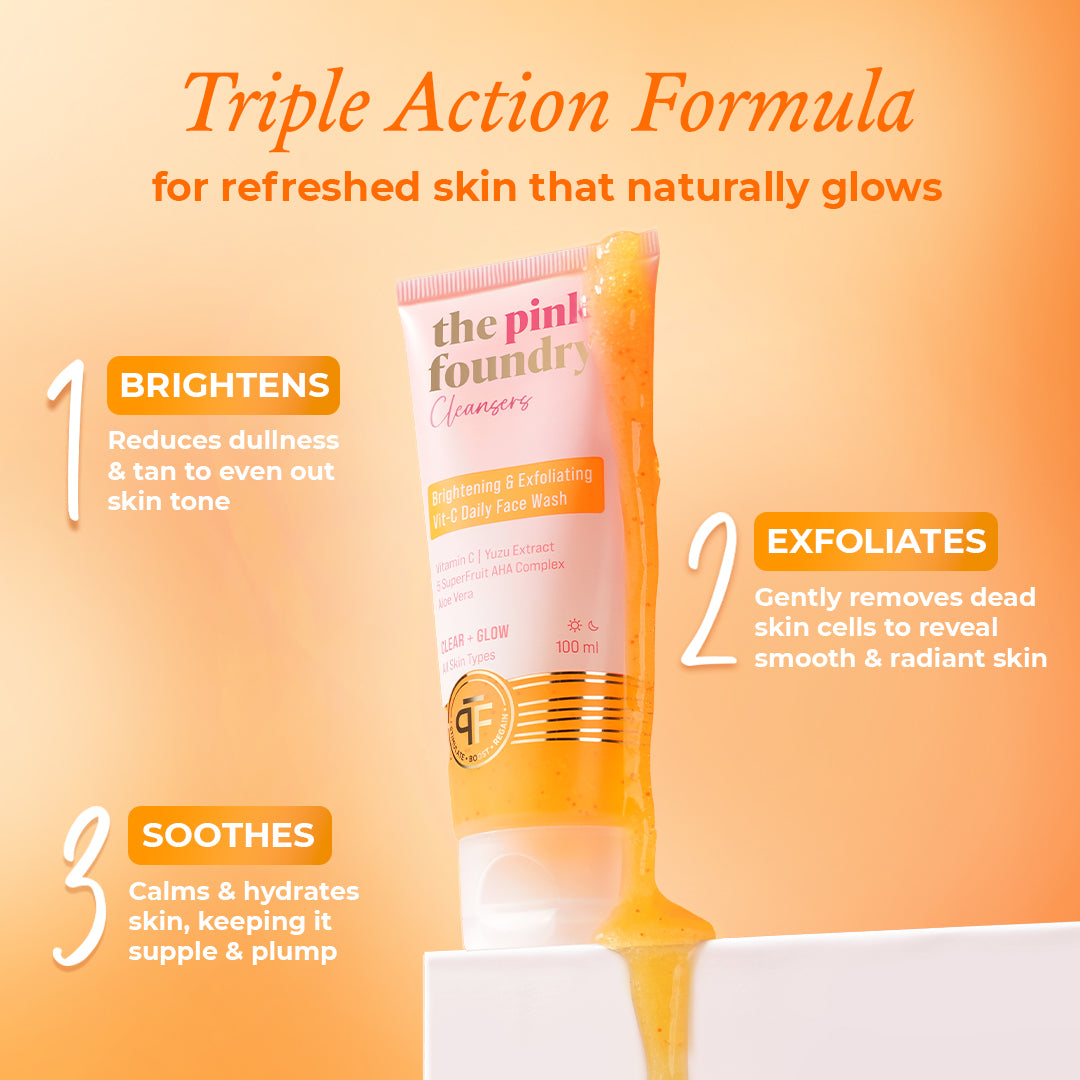

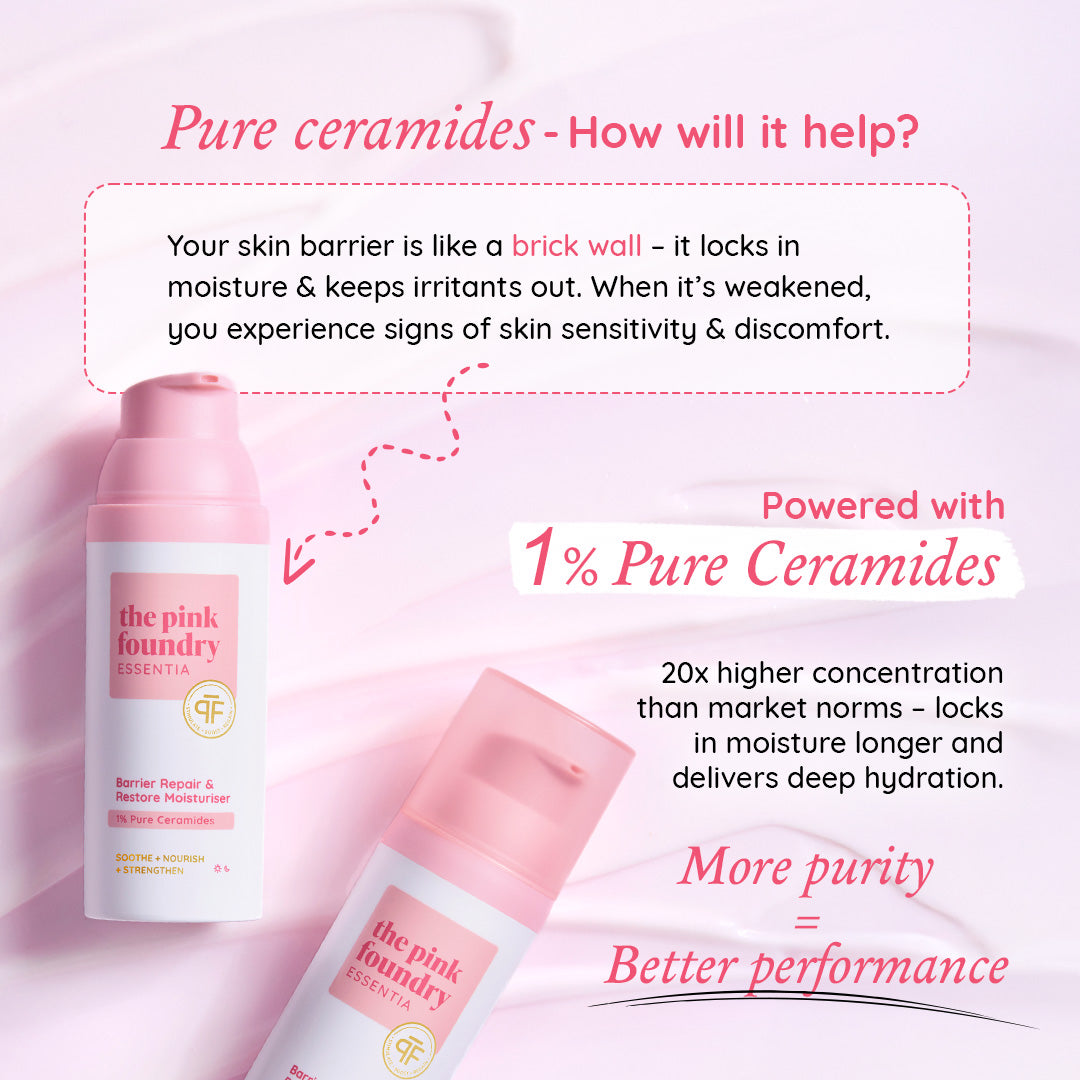




Leave a comment
This site is protected by hCaptcha and the hCaptcha Privacy Policy and Terms of Service apply.